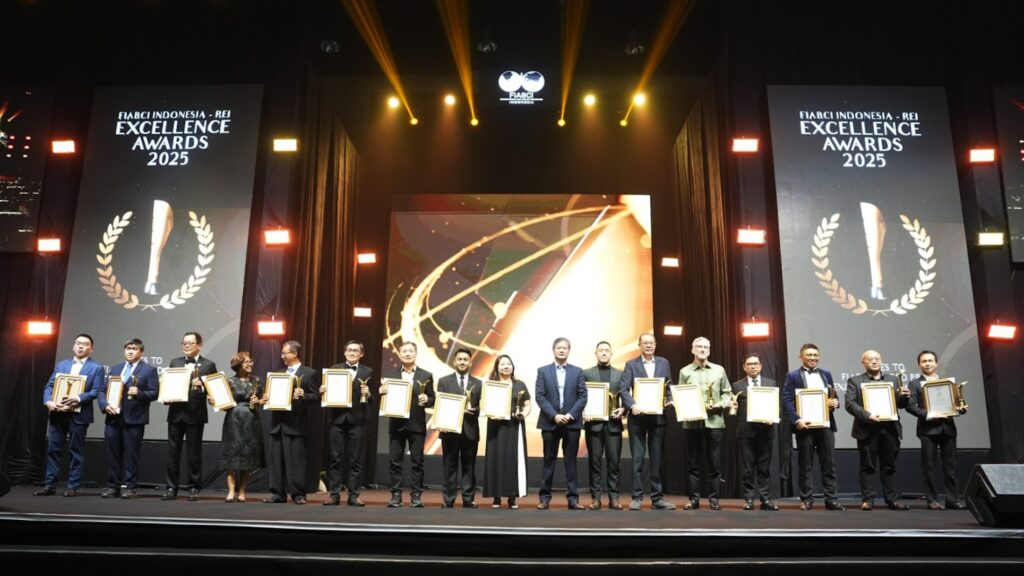Manila – In a strategic energy push with geopolitical implications, the Philippines is preparing to export surplus renewable energy to neighboring Asian economies — including Taiwan. This initiative, announced by Philippine Energy Secretary Raphael Lotilla, signals Manila’s ambition to emerge as a regional hub for clean energy while navigating complex regional tensions.
Speaking to Bloomberg, Lotilla revealed that multiple countries — not just Taiwan — have approached the Philippines in anticipation of future renewable energy surpluses. Formal talks with Taiwan are already underway, with both governments exploring frameworks for cross-border clean energy transmission.
“The interest from Taiwan and other countries reflects growing regional urgency for clean, stable, and cost-effective energy sources,” Lotilla stated on May 19. The Philippines has committed to increasing its renewable share in the national energy mix to 35% by 2030 and 50% by 2040. To support this transition, the government has relaxed regulatory and investment barriers to accelerate domestic and foreign capital inflows.
However, the country’s ambitions are met with significant infrastructure hurdles. One of the most critical: a lack of cross-border transmission networks. While initiatives like the ASEAN Power Grid (APG) aim to enhance regional energy connectivity and market integration, implementation has been slow-moving. Talks with Southeast Asian partners continue, but exporting beyond ASEAN — especially to Taiwan — would require an entirely different regional framework.
Taiwan’s own Energy Minister, Kuo Jyh-huei, confirmed interest in sourcing renewable power from neighboring states. As the island’s manufacturing sector intensifies its decarbonization efforts, importing green energy from Southeast Asia could offer a cost-effective and politically palatable solution. “The projected cost is below NT$5 (US$0.17) per kilowatt-hour,” Kuo noted.
Yet the geopolitical backdrop cannot be ignored. Taiwan is not a member of ASEAN, and any interconnection with the Philippines will demand delicate diplomacy and risk management — especially given the island’s strained relations with Beijing. Manila itself is juggling energy diplomacy while dealing with deteriorating bilateral ties with China, particularly after the collapse of joint resource exploration talks in the South China Sea.
In parallel, the Philippines is quietly reviving its fossil fuel exploration initiatives as a hedge against renewable volatility. This energy duality — clean energy expansion alongside continued oil and gas exploration — underscores Manila’s desire to achieve strategic independence in a politically turbulent region.
Meanwhile, the World Bank recently approved an $800 million loan to support the Philippines’ clean energy infrastructure. The funding aims to increase renewable installed capacity from 30% in 2023 to 42% by 2027, facilitate the procurement of 1,000 MW in offshore wind, and boost national energy efficiency.
Zafer Mustafaoğlu, World Bank Director for the Philippines, Malaysia, and Brunei, emphasized the urgency: “A shift toward renewable energy and efficiency is not just environmental. It’s economic, strategic, and essential to future resilience.”
As the Philippines balances internal reform with external engagement, its clean energy ambitions could either position it as a regional leader — or entangle it further in the geopolitical rivalries now reshaping the future of energy in Asia.






